Distribution of epigeic and hypogeic ants in the Brazilian Amazon
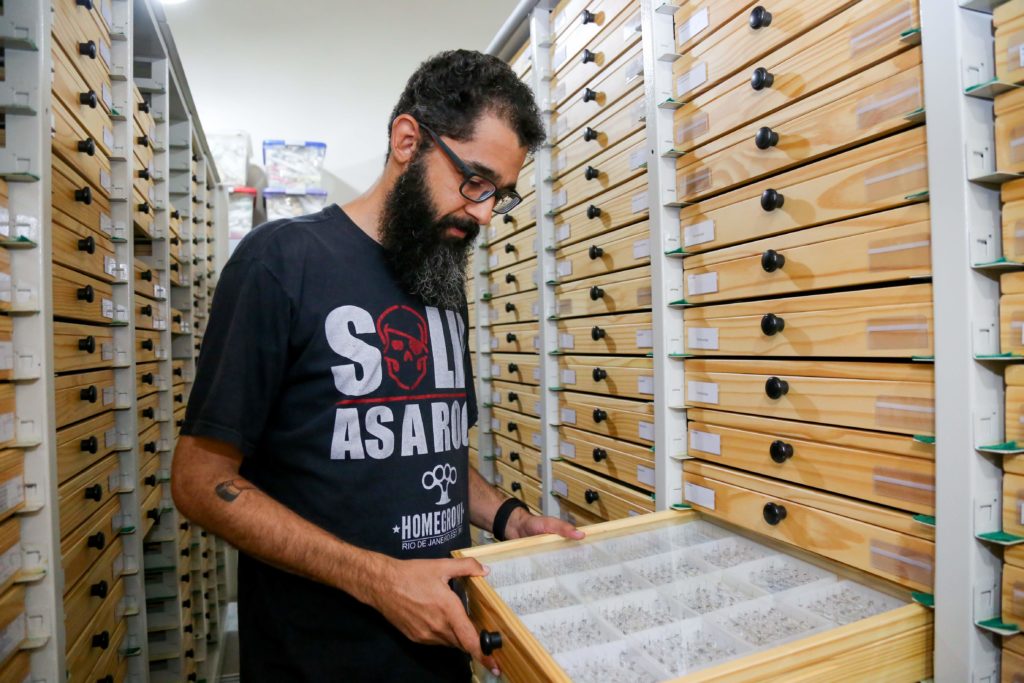
In the recent paper “Distribution of epigeic and hypogeic ants (Hymenoptera: Formicidae) in ombrophilous forests in the Brazilian Amazon” published in Sociobiology, the authors Marcos Timóteo Torres, Jorge Luiz Pereira Souza, and Fabricio Beggiato Baccaro revealed that species richness and composition of epigeic and hypogeic ant communities differed along an environmental gradient in the Brazilian Amazonas region. Here, Jorge Souza answers questions and shares pictures.
An Interview compiled by Phil Hoenle, Patrick Krapf, and Lina Pedraza
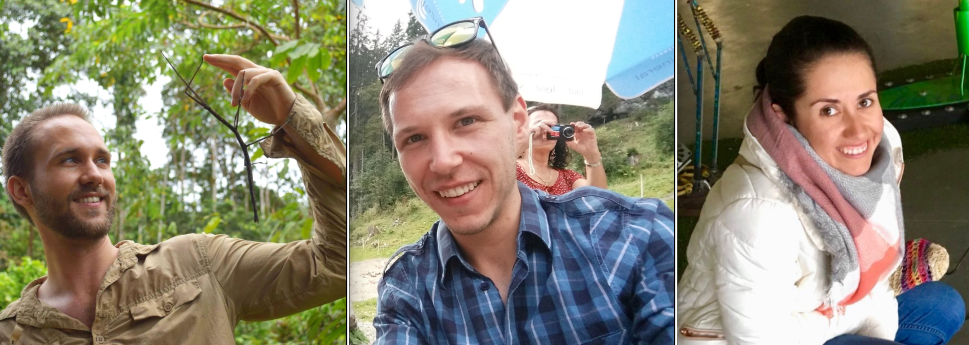
MNB: Could you tell us a bit about yourself?
JS: My name is Jorge Souza, I’m 41 years old and I’m from Brazil. I have a degree in Agronomy from the Federal Rural University of Rio de Janeiro (UFRRJ). I continued doing my master and a doctorate in Biological Sciences (Entomology) at the National Institute for Research in the Amazon (INPA). I was a postdoctoral fellow at the INPA and a visiting professor at the Institute of Exact Sciences and Technology (ICET/UFAM).
My passion for insects started during my graduation, I always liked insects who lived in the soil, and this was consolidated at the beginning of the master’s degree when I decided to study ants. Since then, I have been studying ants in several of their ecological aspects. When I arrived in the Amazon, I was very excited about all the exuberance of biodiversity. One of the first things that caught my attention in the Amazon rainforest was the relative ease of finding army ants, with which I had many pleasant encounters. I am very grateful to all the friends I made during my 15 years studying and researching in the Amazon. I am also very grateful to still have research partners like Itanna Fernandes and Fabrício Baccaro that work with Amazonian ants.
In 2018 my daughter was born, and in 2019 I came to study ants in the Atlantic Forest, where I am currently a postdoctoral fellow at the National Institute of the Atlantic Forest (INMA). My main interests are the ecology of communities, monitoring and conservation of biodiversity, spatial and temporal analysis, use of higher-taxon/surrogates approach, and bio-design of products and patents with ants.
MNB: Could you briefly outline the research you published in layman’s terms?
JS: We tested whether the set of species that lived on the surface of the soil were similar to the set of species in the subsoil. We found that even though these environments were close to each other (approx. 10-40 cm), they had a very different set of species.
We also assessed whether the environmental factors (the type of soil) affected how surface species were distributed in space and if this would influence subterranean species similarly. However, the soil characteristics we studied had little influence on the composition of surface and subsoil species.
Finally, we tested whether geographic barriers such as the great Amazonian rivers would make it difficult for surface and subterranean ants to disperse. We realized that the wide Amazonian rivers are not barriers for ants. Sampling sites as distant as 300 km have very similar species composition when comparing the same stratum (surface or subsoil).
MNB: What is the take-home message of your work?
JS: We found that vertical distances of a few centimeters between soil and subsoil separate assemblages of different ants. However, large horizontal distances are not enough to affect the dispersion of ants. Furthermore, we show that established distribution patterns are not universal. In many places in the Amazon, the ants’ distribution in the environment is affected by the type of soil and its characteristics. However, in our study, this effect was reduced, suggesting that there are other mechanisms of distribution of surface and subterranean ants to be studied.
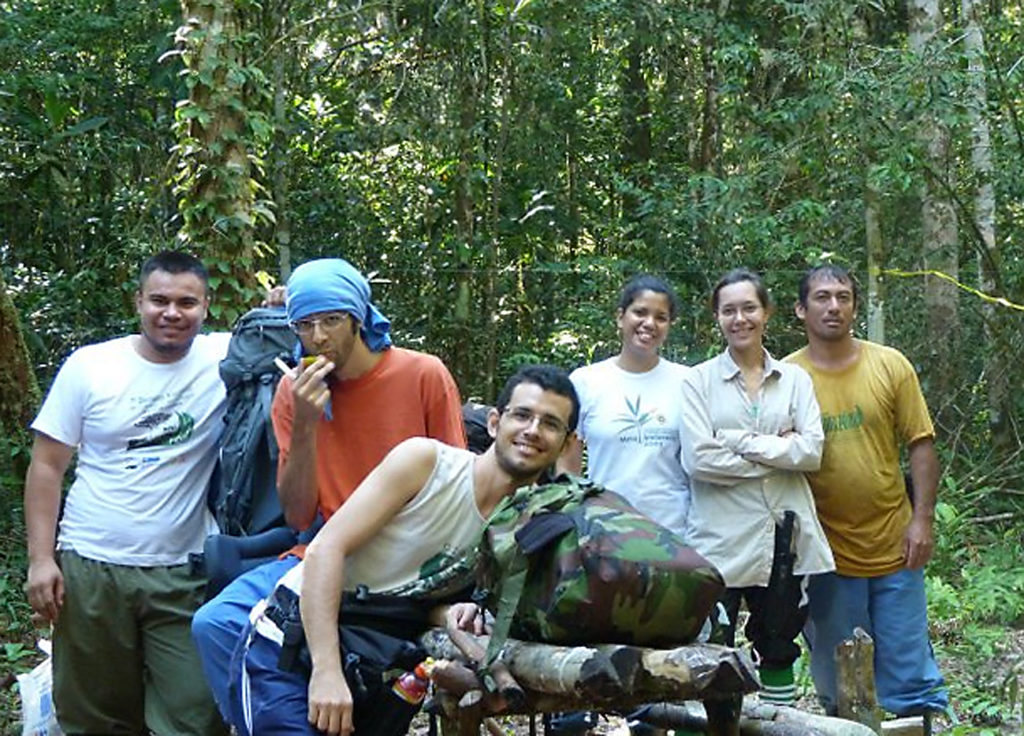
MNB: What was your motivation for this study?
JS: I conceived this study together with Marcos Torres, who at that time was my master’s student and is the first author of the article. The central motivation was to carry out some study with the underground ants of the Brazilian Amazon. At that moment, there were few articles on this topic, and I felt that we needed to contribute in some way to this topic. The fauna of underground ants is extremely curious and little-studied compared to surface or canopy ants, most likely due to the difficulty of conducting a collection with an abundance of material to study. We tested a sampling protocol adjusted for the Amazonian environment to address this issue.
MNB: What was the biggest obstacle you had to overcome in this project?
JS: One of the biggest obstacles was certainly the collection in remote environments. Staying in camps for 15 to 20 days without communication makes the work very hard, in addition, to expose ourselves to tropical diseases such as malaria and leishmaniasis. Even another student and I contracted Malaria during the ant sampling period for this study.
At the time the study was conducted, scientific research in Brazil did not suffer severe cuts in funding. However, today the reality is quite different, and this will surely be an obstacle to overcome that I didn’t have to deal with at that moment.

Underground pitfall (© Jorge Souza). 
Aboveground pitfall (© Jorge Souza) 
Hammocks installed in the camp at one of the studied sites (highway BR-319). In the background, there are Winkler extractors installed (© Alexandre Somavilla). 
End of the collection day on the BR-319 highway. From left to right: Ayres Lopes (field assistant), Claudio Neto (Msc. Ants), Fabricio Baccaro (PhD. Ants) and Marcos Torres (Msc. Ants) (© Alexandre Somavilla).
MNB: Do you have any tips for others who are interested in doing related research?
JS: Do preliminary tests or pilot studies. Especially for underground traps. Whether it is more efficient with bait or not. What kind of bait to use. How deep to install the anchors. These facts vary widely in the literature as well as their efficiency.
Whenever possible, establish a sampling protocol robust enough for comparisons with other studies. We need more information about underground ants and also factors that can determine their distribution in the environment. This is very relevant to guide future work.
MNB: Where do you see the future for this particular field of ant research?
JS: I believe there is still a lot to be done with underground ants. There are mainly unanswered questions about larger spatial and temporal scales. Studies with belowground ants do not usually cover large spatial or temporal scales due to the difficulty of sampling correctly. However, this seems to me to be the future of studies on this topic. Additionally, there will be methodological adjustments to increase the efficiency of collections in the underground layer.
MNB: Thank you for this interesting interview.

Lunch time during the ant collections on the BR-319 highway. Claudio Neto to the left and Fabricio Baccaro to the right (© Alexandre Somavilla). 
Preparing underground pitfalls. From left to right: Claudio Neto (Msc. Ants), Alexandre Somavilla (PhD. Social Wasps), and Marcos Torres (Msc. Ants) (© Alexandre Somavilla). 
Sorting and organizing ant samples in the camping on the BR-319 highway. Fabricio Baccaro on the left and Marcos Torres extremely concentrated on the right (© Alexandre Somavilla). 
Looking for ants in the Atlantic forest (© Eliana Ramos).

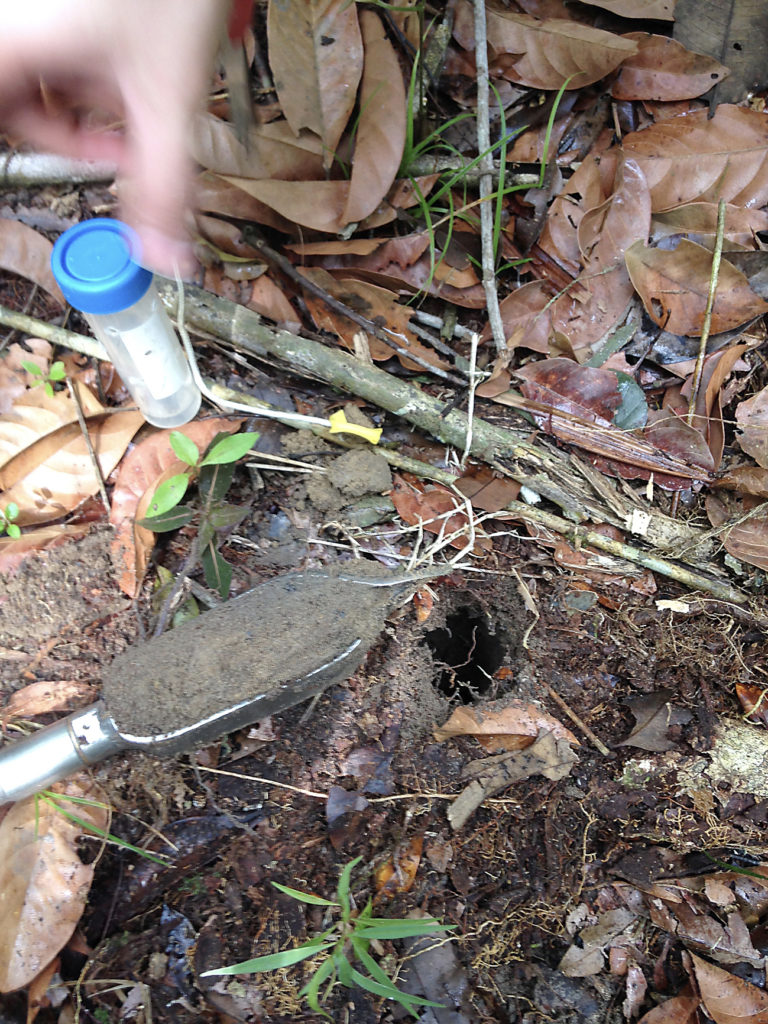

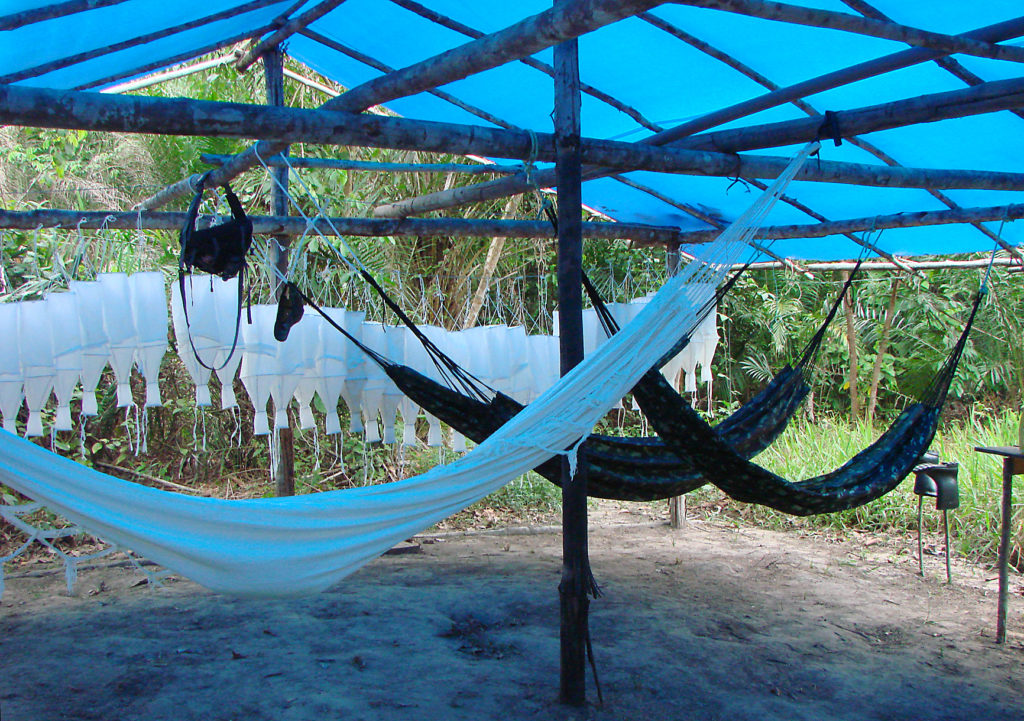
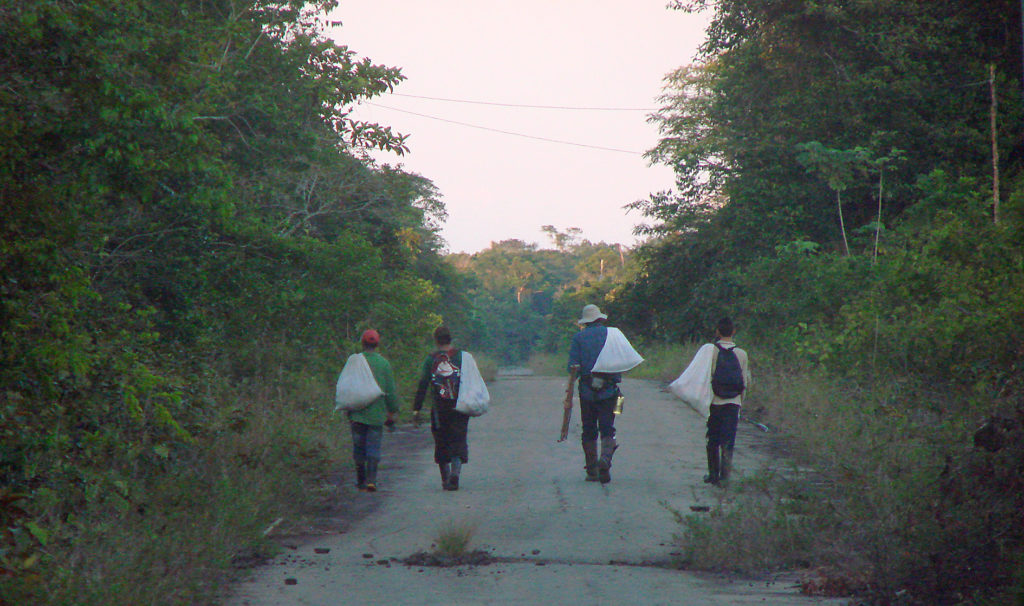





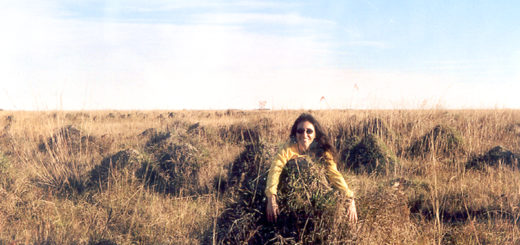
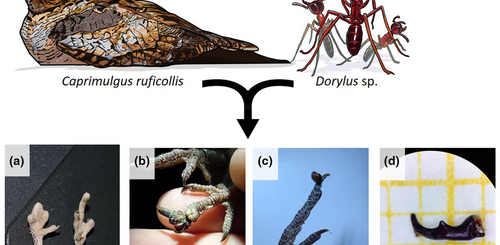
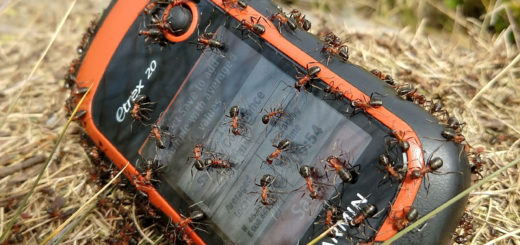
Recent Comments